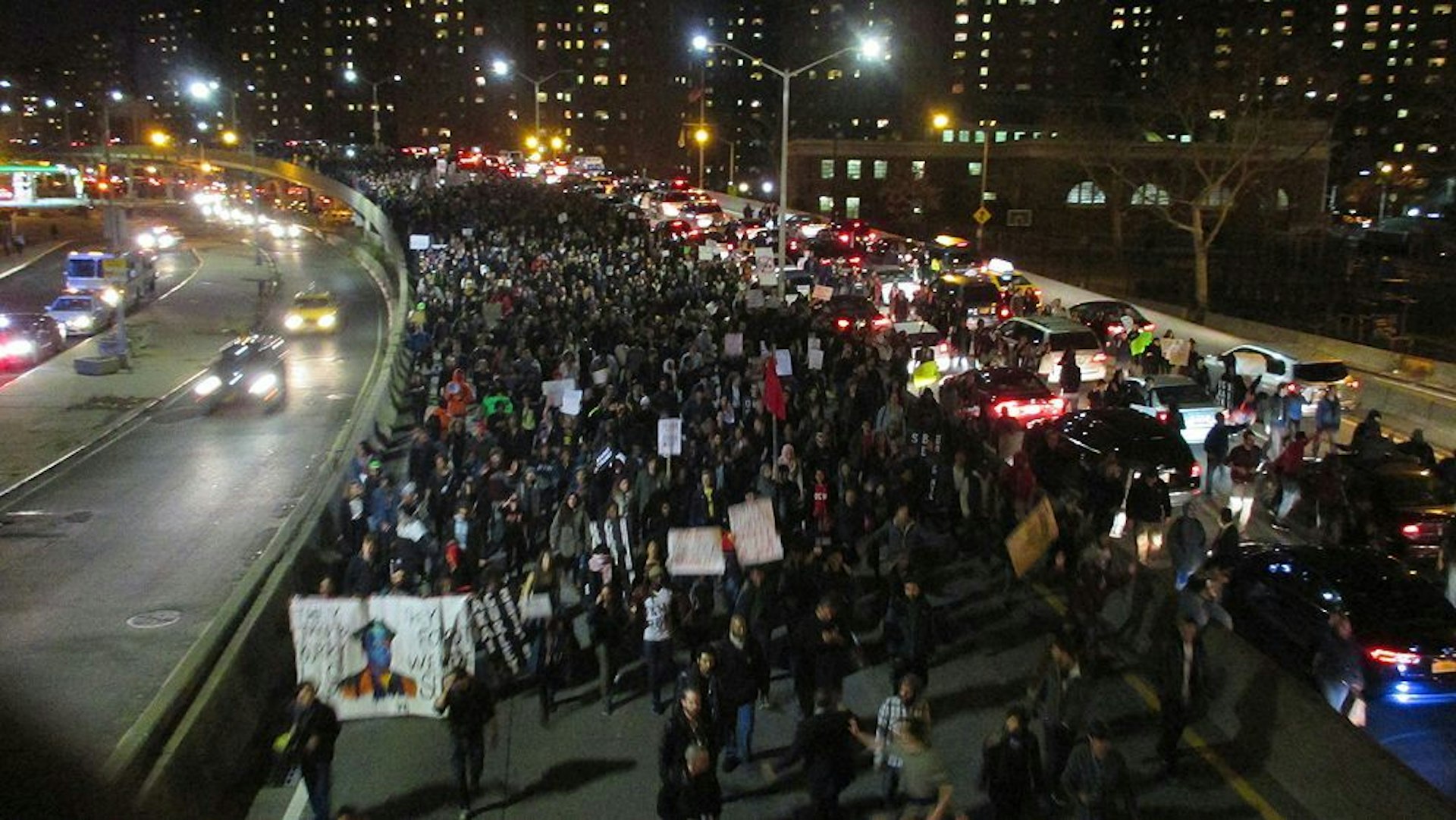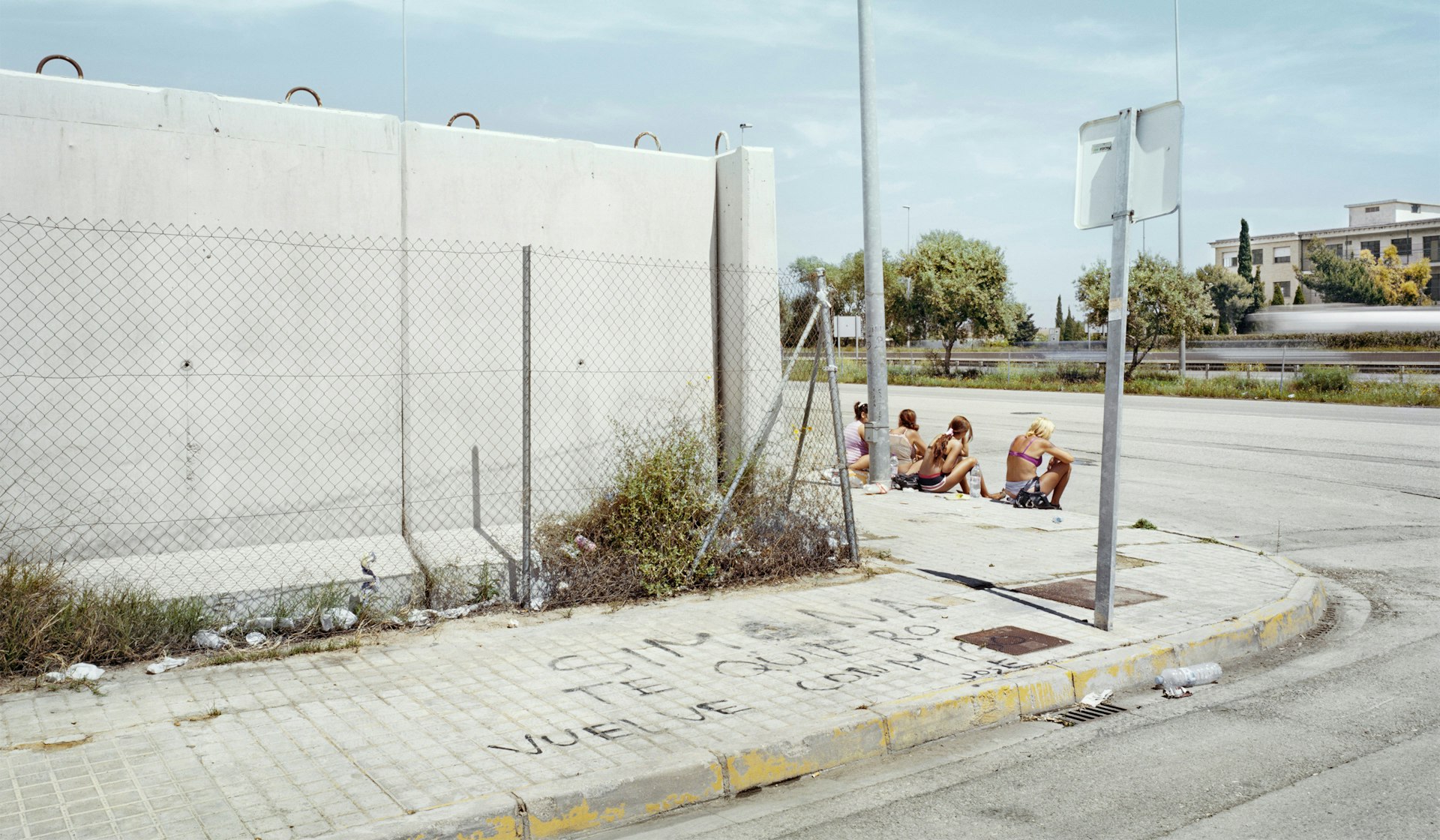
What is the future of street photography?
- Text by Jackie Higgins
- Photography by Txema Salvans
The legendary American photographer Walker Evans once said, “Stare. It is the way to educate your eye and more. Stare, pry, listen, eavesdrop. Die knowing something. You are not here long.” The anonymity gained from living in crowded cities enables us to watch each other without being noticed and since its invention, the camera has often been used to preserve such voyeuristic acts. Moreover, the streets are increasingly under surveillance by automatic forms of image capture, from police cameras and CCTV to the ambitious yet controversial Google Street View project.
Txema Salvans and The Waiting Game
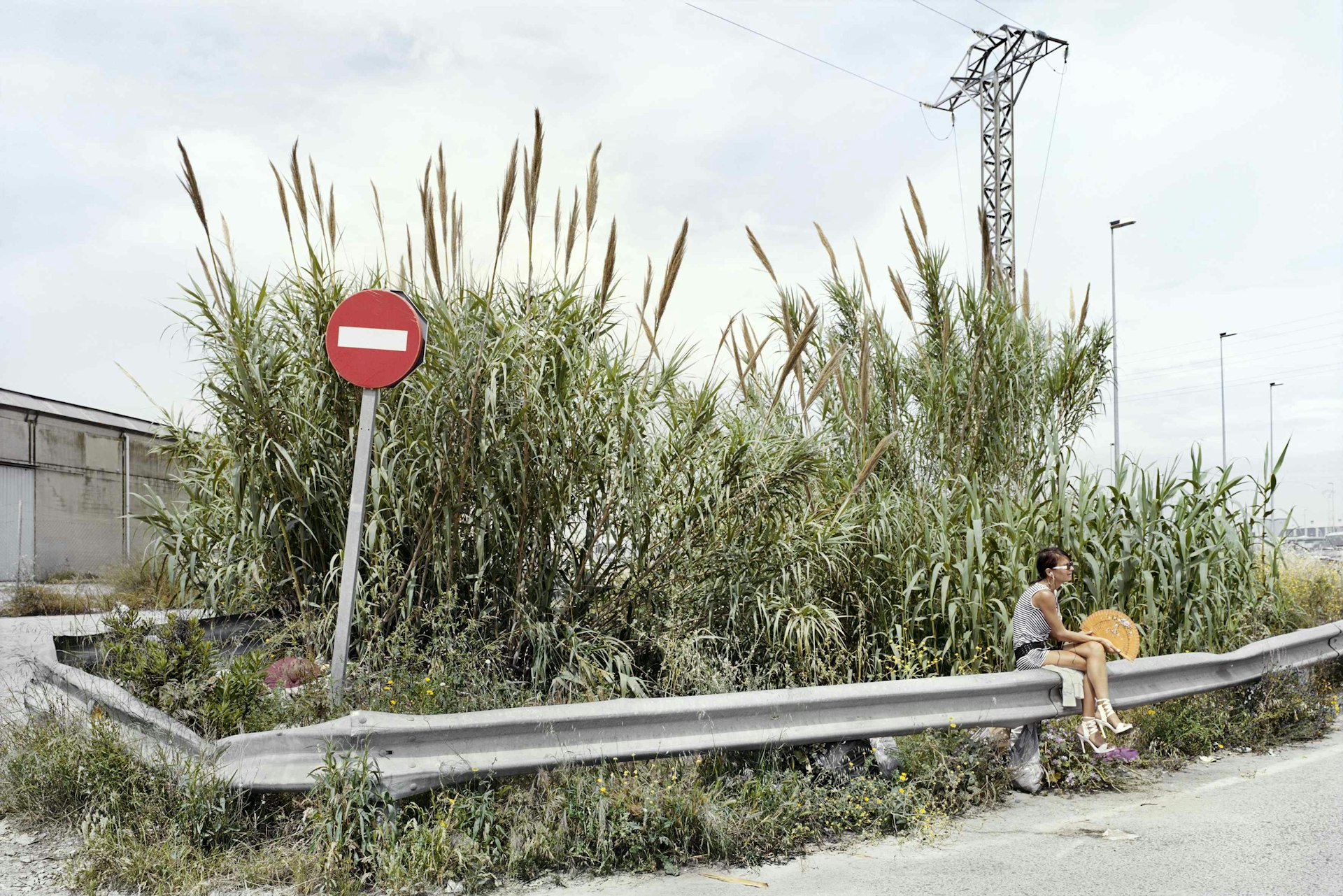
Txema Salvans from The Waiting Game, Valencia, Spain, 2005–13
Over the past eight years, Barcelona-based photographer Txema Salvans toured the outskirts of various cities along the Spanish Mediterranean coast and focused his lens on one group of people in particular: the prostitutes who ply their trade in broad daylight on the public highways. These women come from Russia, Romania, Latin America and Africa. They are drawn to places like Barcelona by the warm winters that enable them to work year-round and by the constant traffic of trucks carrying goods from Andalusia into France. To ensure the women continued to work in his presence, Salvans disguised himself as a topographer, someone who uses a camera to survey the lay of the land. “Then, simply what I did was to approach the girls to say ‘Look, I’ll be around here for a while near my van.’” The deception worked; the women ignored him.
Michael Wolf and Paris Street View
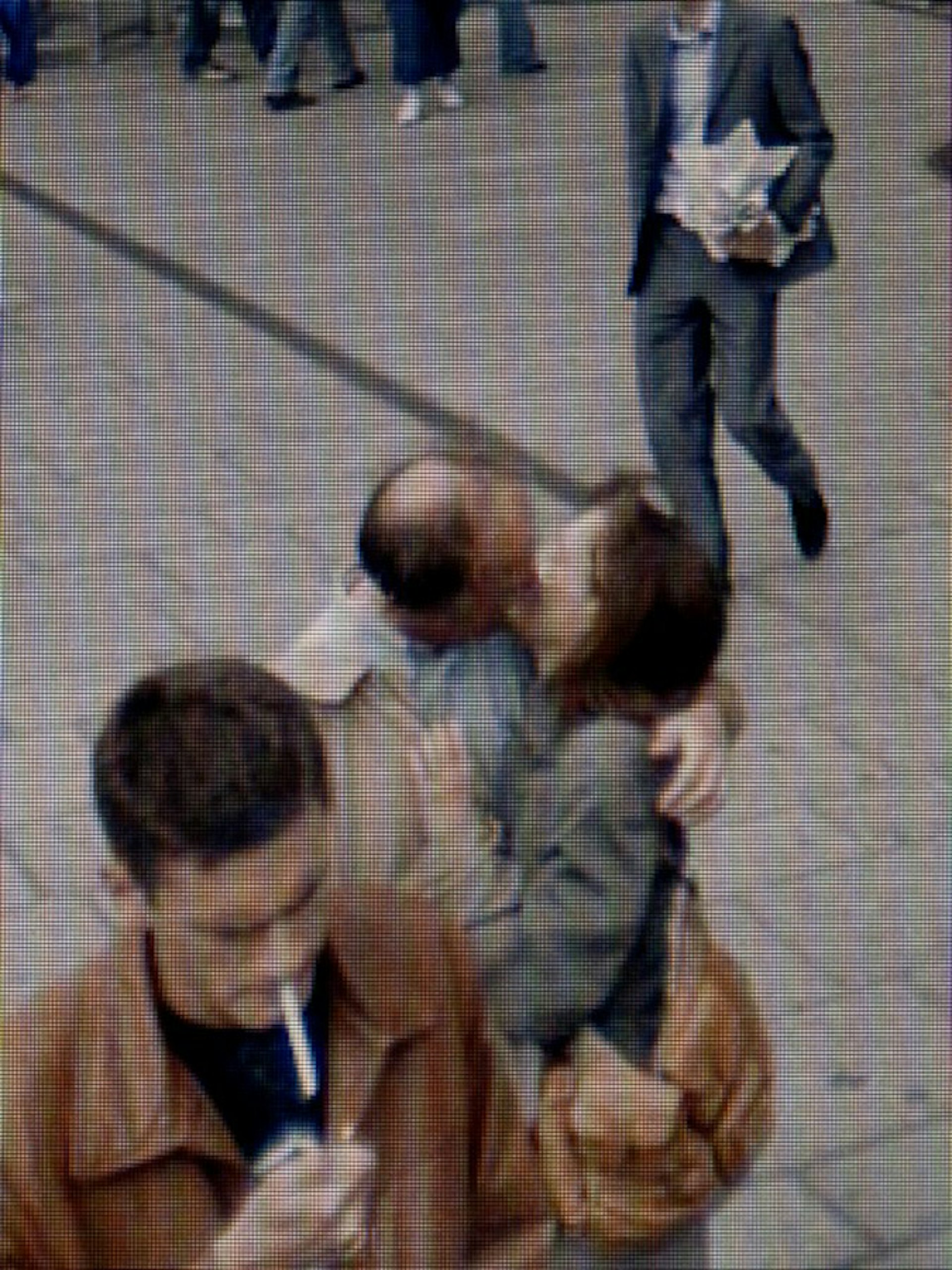
From Paris Street View © Michael Wolf, courtesy of Flowers London.
Michael Wolf moved to Paris in 2008 and embarked on a revolutionary street photography project: one that meant he did not even need to leave his apartment for its creation. He became one of the first street photographers of the online world by photographing photographs taken by Google Street View’s all seeing eye.
Adam Broomberg & Oliver Chanarin and People in Trouble Laughing Pushed to the Ground
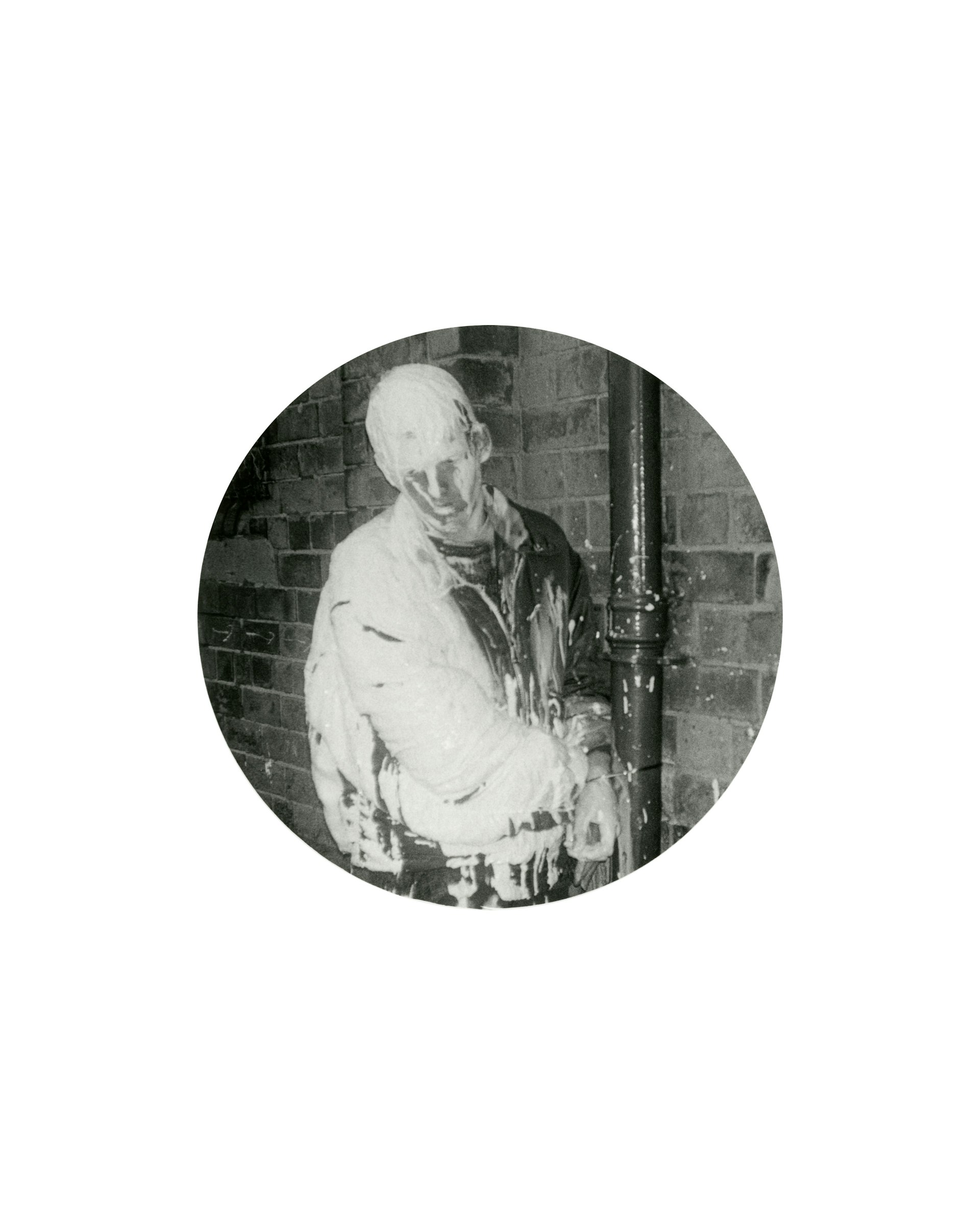
Adam Broomberg and Oliver Chanarin, ‘Untitled (Man Handcuffed to Drainpipe)’, Belfast, UK, 2010 from People in Trouble Laughing Pushed to the Ground, 2010–11. Courtesy of Paradise Row
In 2011, the London-based artists were invited to Northern Ireland’s Belfast Exposed photographic archive which houses imagery of the street protests, press conferences, violent confrontations and the ensuing funerals that took place in Belfast during the Troubles. What fascinated them were the markings people had made on the images, in particular those incidences when visitors had tried to erase identities from the public record, perhaps fearful of possible repercussions. Some used little circular stickers to cover up faces. “That area under the dot was rendered invisible, almost censored,” recall Broomberg and Chanarin, and that is what they chose to reveal, blow up and print.
Jackie Higgins is the author of The World Atlas of Street Photography, published by Thames & Hudson.
Check out Part 1: Africa – Identity and Inequality.
Look out for Part 3: Asia – The City’s Future.
